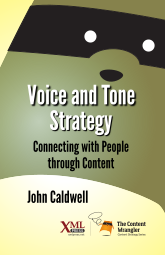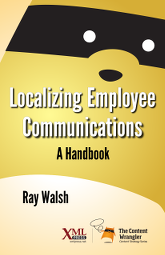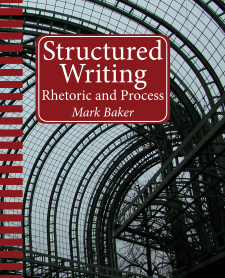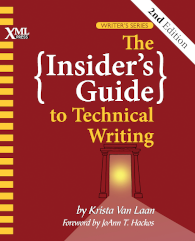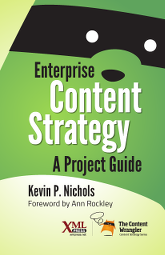 Enterprise Content Strategy: A Project Guide discusses the enterprise content strategy lifecycle around content experience, delivery, and governance. The enterprise content strategy lifecycle has seven phases: plan, assess, define, design, build, publish, measure, and optimize. Governance plays a large part within the lifecycle phases, while content refers to more than just text; it includes images, videos, PDFs, and metadata.
Enterprise Content Strategy: A Project Guide discusses the enterprise content strategy lifecycle around content experience, delivery, and governance. The enterprise content strategy lifecycle has seven phases: plan, assess, define, design, build, publish, measure, and optimize. Governance plays a large part within the lifecycle phases, while content refers to more than just text; it includes images, videos, PDFs, and metadata.
Content strategy assessment consists of a content (quantitative) inventory and audit (qualitative) analysis. You can do one first, then the other, or both simultaneously. You can use an automated tool like the Content Analysis Tool (CAT) for content discovery or do it manually to discover the content types. From the audit, you can determine if the content should be “migrated as is, reworked, or deleted entirely” (p. 40). Nichols offers a spreadsheet template that you can download from his Web site at http://kevinpnichols.com/downloads/kpn_content_audit.xls.
In the define phase, you build your content strategy framework: the content findings and implications (audit report), framework and strategic recommendations, and roadmaps. You then review the information and extract the “current issues, gaps, choke points, and redundancies” (p. 50). Nichols starts with a basic content strategy framework outline (pp. 50–52) to help finalize the “strategic intent around the content experience” before entering the design phase (p. 62).
Designing content requires paying attention to the omnichannel experience. Our audiences now expect content delivery in multiple ways to be available on multiple devices with that content being responsive or adaptive. Nichols says, “Use a responsive approach for content shared across devices; use an adaptive approach for content that changes across devices” (p. 88).
Publishing content occurs when that content is pushed out to the intended audience that is then closely followed by measuring the “strengths and weaknesses of the solution design and provide[s] impetus for content and solution optimization” (p. 107).
In optimization you continually review the content to see if it is still “relevant, contextual, and timely” (p. 117). If not, then you may need to remove the content that is no longer valid based upon the collected metrics.
Governance rounds out the enterprise content strategy lifecycle by ensuring that “once a content strategy is implemented, it will be maintained and positioned to evolve and grow by using ‘roles (people), process, and standards’” (p. 123).
Enterprise Content Strategy: A Project Guide is packed full of useful information on setting up an enterprise content strategy project. The tables provided give you a starting point in setting up your enterprise content strategy project. Each chapter concludes with an Additional Reading section where Nichols refers you to other key content strategists’ books and Web sites. Drawbacks to the book are the graphics (the size and color choice) and the copyediting errors. This book is a must-have for content strategists’ personal library as are the other books in the Content Wrangler Content Strategy Series.
Reviewed by Jackie Damrau
Jackie Damrau has more than 25 years of technical communication experience. She is a Fellow and member of the STC North Texas Lone Star chapter and the Instructional Design & Learning SIG. She serves as the book review editor for Technical Communication.
Review from the February 2016 edition of STC Technical Communication. Used with permission.

